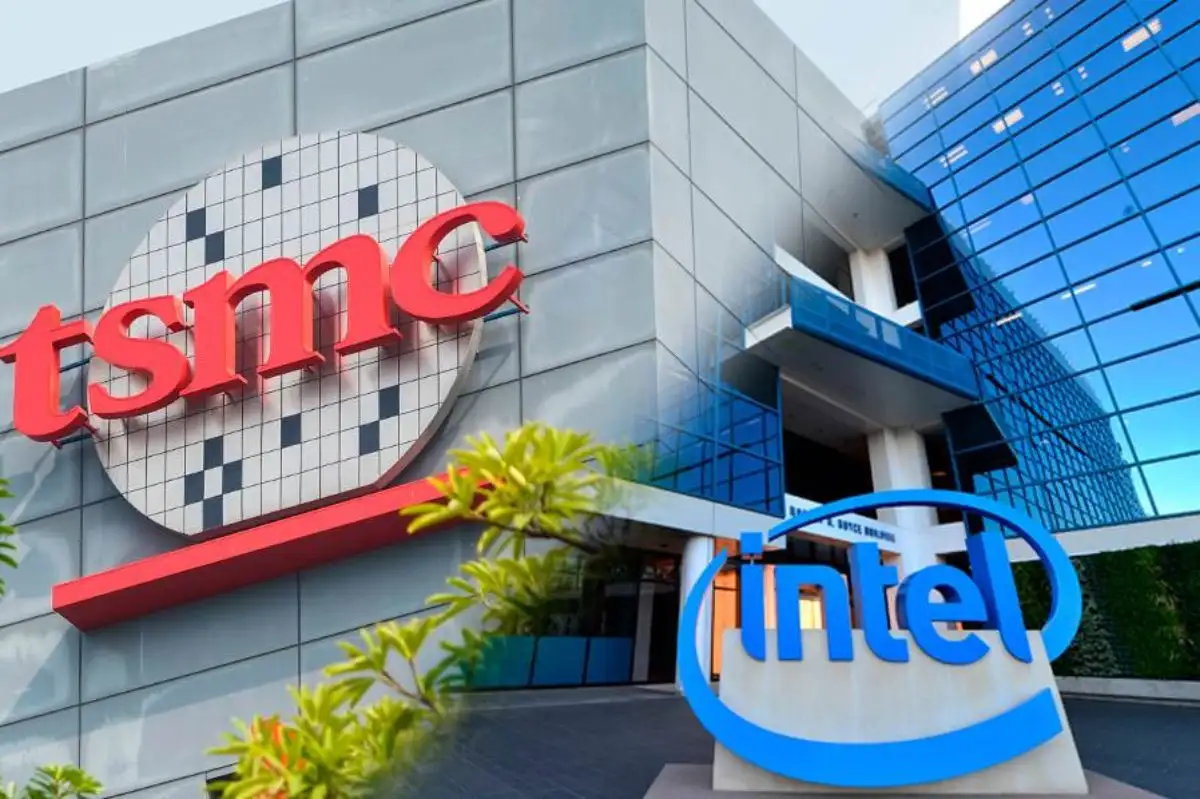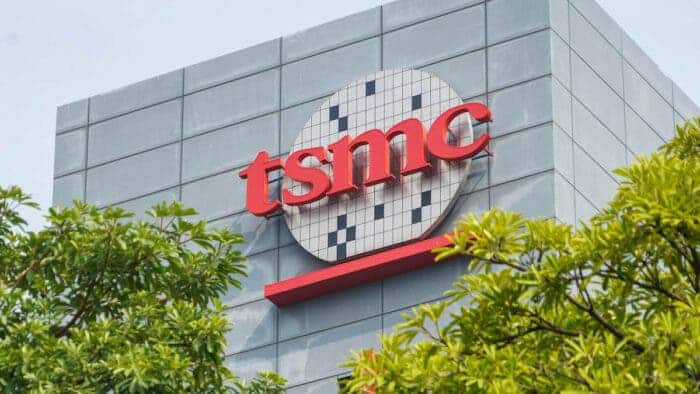The International Electron Devices Meeting (IEDM) has become a battleground for chipmakers to showcase their visions for the future, and this year, TSMC has thrown down the gauntlet with an audacious roadmap: trillion-transistor chips by 2030. This isn’t just about bragging rights; it’s about pushing the boundaries of what’s possible in computing power and paving the way for a new era of technological advancement.
TSMC’s Audacious Roadmap: Trillion-Transistor Chips soon
![]()
From Monoliths to Chiplet Empires:
Reaching the trillion-transistor mark won’t be a one-trick pony. TSMC envisions a two-pronged approach:
- 3D chiplet architectures: Imagine a single chip package housing multiple smaller chips, each boasting its own specialized functionality. This “divide and conquer” approach allows for modularity, flexibility, and scalability, overcoming the limitations of monolithic designs. Think of it as building a city instead of a skyscraper – each chiplet acts as a specialized district, working together to form a powerful metropolis.
- Pushing the limits of monolithic integration: While chiplets take center stage, the company still sees merit in pushing the boundaries of single-chip complexity. Their roadmap foresees monolithic processors packing a staggering 200 billion transistors – nearly triple the current record holder, Nvidia’s GH100. This demonstrates their commitment to both modularity and raw processing power.
Fueling the Engine: Technology Advancements:
This ambitious journey requires substantial leaps in underlying technologies:
- Process nodes: TSMC is doubling down on their N2, N2P, A14, and A10 fabrication processes, promising significant improvements in performance, power efficiency, and transistor density – the essential building blocks for these chip behemoths.
- Packaging technologies: CoWoS, InFO, and SoIC are just a few acronyms you’ll need to get familiar with. These advanced packaging technologies allow for seamless integration of chiplets, ensuring efficient communication and data flow within the miniaturized city.
Challenges and Collaborations:
The path to a trillion transistors is fraught with challenges:
- Physical limitations: Shrinking transistors to such incredibly small sizes comes with its own set of hurdles, like heat dissipation and quantum tunneling.
- Cost and complexity: Both monolithic and chiplet designs require intricate manufacturing processes and sophisticated design tools, driving up costs and demanding tight collaboration between chipmakers, designers, and software developers.
A Future of Unfathomable Potential:
If TSMC succeeds in their ambitious endeavor, the implications are vast:
- Exascale computing: Trillion-transistor chips could usher in the era of exascale computing, where machines can perform a quintillion (10^18) calculations per second – unlocking mind-boggling advancements in artificial intelligence, drug discovery, and scientific simulations.
- Personalized healthcare: Imagine medical devices powered by chips that can analyze real-time patient data with unparalleled accuracy, paving the way for personalized medicine and preventative healthcare.
- Autonomous everything: From self-driving cars to intelligent robotics, trillion-transistor chips could fuel a new wave of autonomous systems that seamlessly interact with our environment.
The Final Frontier:
TSMC’s roadmap is a glimpse into the future of computing, a future where the boundaries between silicon and science blur. While challenges abound, the potential rewards are immeasurable. The race to a trillion transistors is on, and with the company leading the charge, we can expect a thrilling ride filled with technological breakthroughs and transformative innovations.
The Future of Chips: Moore’s Law, AI, and the Coming Wave of Innovation

The chip industry is one of the most important and dynamic sectors of the global economy. Chips power everything from our smartphones and laptops to our cars and medical devices. And the demand for chips is only going to grow in the coming years, driven by trends like artificial intelligence, the Internet of Things, and autonomous vehicles.
Moore’s Law and the Limits of Miniaturization
One of the key drivers of the chip industry has been Moore’s Law, which states that the number of transistors on a chip doubles roughly every two years. This law has held true for over 50 years, but it is starting to reach its limits. As transistors get smaller, it becomes more difficult and expensive to manufacture them.
Beyond Moore’s Law
Despite the challenges, the chip industry is not standing still. There are a number of ways to keep up with the demand for more powerful chips, even if Moore’s Law slows down. Some of these approaches include:
- 3D chip stacking: This involves stacking multiple layers of transistors on top of each other, which can increase the density of transistors on a chip without making them smaller.
- New materials: Researchers are developing new materials that can be used to make transistors that are more efficient and powerful.
- Artificial intelligence: AI is being used to design new chips and to improve the manufacturing process.
The Rise of AI
Artificial intelligence is one of the most important trends in the chip industry. AI chips are being used to power everything from self-driving cars to facial recognition software. The demand for AI chips is expected to grow rapidly in the coming years, as AI becomes more and more integrated into our lives.
The Internet of Things
The Internet of Things (IoT) is another trend that is driving the demand for chips. The IoT is a network of devices that are connected to the internet and can collect and share data. These devices need chips that are small, powerful, and energy-efficient.
The Future of the Chip Industry
The chip industry is facing a number of challenges, but it is also on the cusp of a new era of innovation. New technologies like AI and the IoT are creating new opportunities for chipmakers. The future of the chip industry is bright, and it will continue to play a vital role in the global economy.
Challenges and Opportunities
The chip industry is not without its challenges. Some of the biggest challenges include:
- The high cost of research and development
- The global competition
- The need for skilled workers
Despite these challenges, the chip industry is also full of opportunities. Some of the biggest opportunities include:
- The growing demand for chips
- The development of new technologies
- The increasing globalization of the industry
The chip industry is a complex and dynamic sector, but it is also one of the most important. The future of the chip industry is bright, and it will continue to play a vital role in the global economy.




